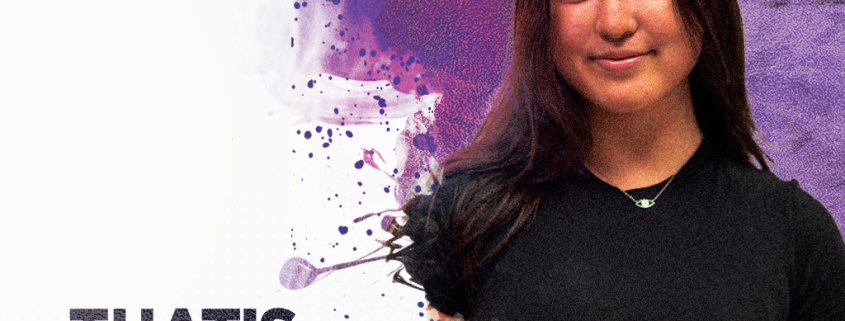Clothes are not an invitation for unwelcome behavior
In light of recent events with Sigma Nu and the recent reports of sexual assault and drugging, I felt compelled to write this piece. As a self-proclaimed fashion guru and fashion enthusiast, I find it impossible to ignore the implications of clothing, especially as a young woman. Clothing and dressing up are universal experiences for all people regardless of gender identity, as clothing is an external form of self-expression. But, as I continued to get catcalled on streets or men slowing down their cars to honk, dressing up became harder for me because of one disgusting phrase: “She was asking for it.”
I love identifying as a woman, but it is a scary world to be a female. I’m often expected to be “less than,” to fit into one of four or five molds, and I am seen as a target that needs protection from everything that comes my way, whether it is a squirrel crossing the street or a man coming toward me.
It hurts that every time I walk alone, day or night, I frequently have to check behind me.
It hurts that, when I walk, I have to always take note of what street I’m on, what stores are near me and who looks like they would help me if anything happened in that exact second.
It hurts that all of my conversations with my female friends at night end with “Share your location with me.”
But also, as someone who has been able to discover myself through fashion, it hurts that I am always scared that what I wear will lead to something bad happening to me, whether it is harassment, assault or kidnapping.
The ghastly, revolting phrase “She was asking for it” is usually used when the attacker claims that the victim’s clothing implied they wanted whatever assault — verbal or physical — to happen to them. It takes the humanistic quality and universal rights of the ability to consent out of the picture, claiming that fabric, instead, sent the victim’s true message. No means no, and my skirt, dress, shirt, socks, shoes, scarves, hat or hair tie are not saying otherwise.
This is where the female gaze comes into play. Recently, I have seen a lot of transformation videos of women starting to dress for the female gaze and not the male gaze. While this term is most often heard when discussing film or Instagram feeds, it also applies to fashion. The female gaze is about women dressing up and looking good for themselves and other women around them, instead of for male desire. Unlike the male gaze, dressing for the female gaze promotes personal and communal enjoyment — that is, that of women as a group.
Keep in mind, oftentimes dressing for the male gaze is not intentional. In an age of continued sexualization of women in film, social media standards and other forms of media, I grew up dressing for the male gaze and did not even realize until I learned about the female gaze. Only then did I start becoming more conscious of what I was buying, if I truly enjoyed what I was wearing for me and how clothes then would help me discover myself and grow.
Don’t get me wrong, I’m not saying you can’t dress in a way that makes you feel sexy or dress in a way that is desirable to men. I am calling to instead dress in a way that you want to, by you and for you. If you want to feel cute, feel cute. If you want to feel sexy, hell yeah, feel sexy.
The female gaze and I just want you to feel you.
Unfortunately, only in a utopian society where sexual assault and harassment doesn’t exist will people stop catcalling and harassing — and yes, women do it too, I’m not saying that we don’t. But as we continue to fight these injustices, remember that you are strong; you are beautiful; you are doing okay and most importantly: It’s not a “you” problem. It’s them.
Hadyn Phillips is a freshman writing about fashion in the 21st century, specifically spotlighting students and popular controversy. Her column, “That’s Fashion, Sweetie,” runs every other Tuesday.

